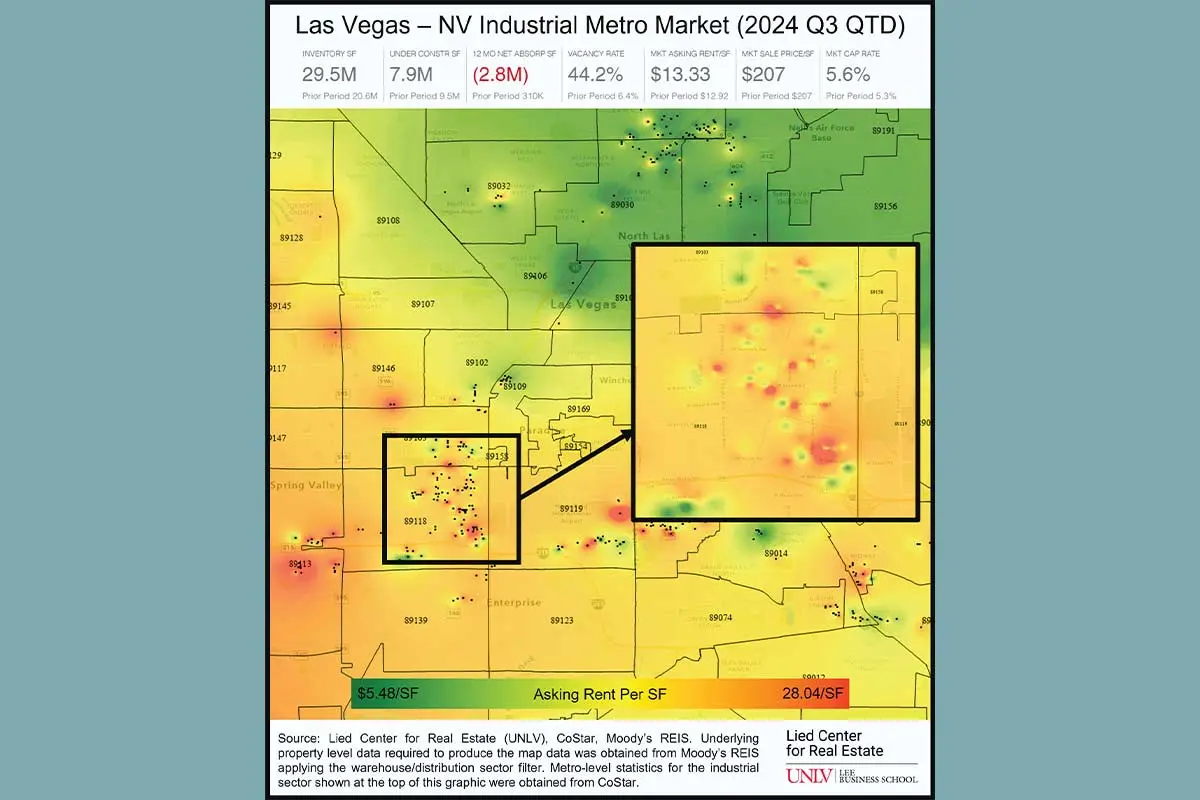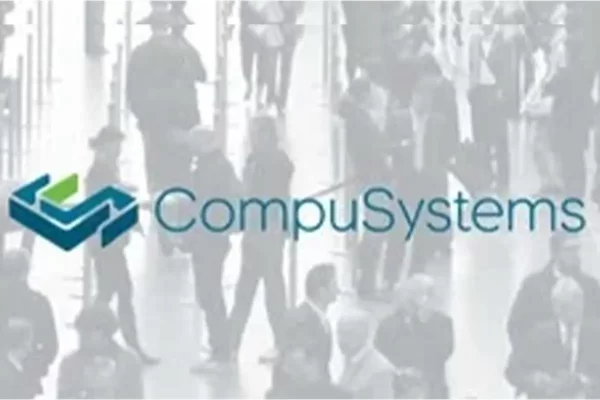Two turns off the freeway, max!
by Melissa Skipworth
My client is an exhibitor in Las Vegas, and his clients are largely resort casinos. That means there will be lots of back and forth to the Strip. Imagine the traffic, then imagine you are the driver of the semi as you maneuver down through side streets trying to make it to the drop-off location. No fun!
As a commercial realtor, my role involves guiding clients in purchasing or leasing commercial spaces that align with their business needs. Here are key considerations to keep in mind:
1. Location
- Proximity to customers and clients
- Accessibility for employees and suppliers
- Foot traffic (if retail)
- Nearby amenities (restaurants, banks, etc.)
- Public transportation access
- Parking availability
- Access to freeways and major streets
2. Space Requirements
- Square footage needed (current and future growth)
- Layout suitability (open plan, offices, etc.)
- Flexibility to modify or expand the space
- Storage space availability
3. Budget & Costs
- Monthly rent cost
- Additional costs (utilities, maintenance, property taxes, insurance)
- Upfront costs (security deposit, improvements)
- Cost of signage, renovation, or customization
- Potential rent escalations over the lease term
4. Lease Terms
- Lease length and renewal options
- Subletting clauses
- Tenant improvement allowances (if renovations are needed)
- Exit clauses or penalties for early termination
- Maintenance responsibilities (landlord vs. tenant)
- Rental increases or adjustments
5. Zoning & Permits
- Zoning compliance with business type (retail, office, industrial)
- Need for specific permits or licenses
- Restrictions on business operations (hours of operation, noise limits, etc.)
6. Condition of the Property
- General maintenance and condition of the building
- HVAC, plumbing, and electrical system status
- Recent renovations or upgrades
- Pest control history
- Safety and fire code compliance
7. Technology & Connectivity
- Internet speed and reliability
- Phone and communications infrastructure
- Access to electrical outlets
and wiring - Access to heavy power or high voltage three-phase power distribution
- Security system setup (if applicable)
8. Building & Facility Amenities
- Common areas (lobby, restrooms, etc.)
- Conference or meeting rooms
- Security features (cameras, guards, entry systems)
- Elevator and accessibility features (ADA compliance)
- Cleaning and janitorial services
9. Landlord/Property Management Reputation
- Responsiveness of the landlord or property manager
- Reputation for maintenance and repairs
- Reviews or feedback from current or former tenants
10. Environmental & Sustainability Considerations
- Energy efficiency of the building
- Green building certifications (LEED, etc.)
- Recycling and waste management policies
- Impact of location on your company’s carbon footprint
11. Future Growth & Scalability
- Ability to expand within the same building or complex
- Flexibility to adjust lease terms if your business grows or contracts
- Potential for a shared office or flexible workspace
12. Legal Considerations
- Work with a real estate attorney to review the lease
- Ensure compliance with local, state, and federal regulations
- Understand liabilities (insurance, damages, etc.)
When leasing a space, it’s essential to consider both your current needs and future growth. Confirm that the space can accommodate your business’ expansion over the lease term and that the location allows for easy reconfiguration or expansion as needed.
How much warehouse space will you need? How much flex space? Flex space can give you room for clean stylish break rooms, offices and sometimes even living space. How important is having a yard to park trailers and stage shipments? How many docks with bay doors will you need for your shipping and receiving department needs?
A distinction between 10 foot and 12 foot bay doors can make a world of a difference depending on what you are building and shipping. If your bay doors are just two inches too small, you could have a terrible time with oversized equipment, freight, or custom fabrications.
When looking at older buildings you will want to make sure the sprinkler systems are up to code to maximize ceiling heights. If buildings have outdated sprinkler systems you may have 20 foot high ceilings but you will have to cut your stack rack height to 10-12 foot high, maximum.
Heavy power will also be something you will need to factor adding on because most buildings, no matter the age, may not have substantial three-phase power distribution needed for business operations.
Market Insights
The commercial real estate market varies across the country, with each region presenting its own opportunities and challenges. Despite rumors of an impending market crash and potential impacts on regional banks, Las Vegas commercial real estate markets remain strong. The scarcity of available developable land has led to high land prices, yet developers continue to build across the valley.
When comparing similar modern industrial warehouse space Las Vegas, Orlando, and Chicago, rental pricing per square foot is very similar. According to the Cushman & Wakefield 2024 Q2 Industrial Commercial Real Estate Report for Las Vegas, Chicago, and Orlando, Chicago stands out with an average price of $0.59 per square foot per month for industrial warehouse space. In contrast, Orlando averages $0.79 per square foot per month. Las Vegas tops the list at $1.11 per square foot per month. Vacancy rates in all three cities remain relatively low, indicating robust demand for industrial space. Specifically, Chicago has a vacancy rate of 4.5 percent, Las Vegas at 6.6 percent, and Orlando at 7.4 percent.
Other Considerations
Chicago’s and Orlando’s lower average monthly price per square foot is attributed to having more older industrial buildings. These buildings tend to have lower ceiling heights and require more updating because of older systems like their sprinklers, for example. In Orlando there is a lot of industrial space made out of metal siding which may not be ideal for harsh weather conditions.
Moreover, in Las Vegas, you will also need to watch out for outdated sprinkler systems and lower ceiling heights in older buildings. However, Las Vegas also offers an incredible amount of modern industrial warehouse space among its additional advantages, such as tax breaks for qualifying companies and no state income tax. This makes Las Vegas an attractive location for businesses looking to optimize their operational costs.
Note: the article vs report PSF for Chicago and Orlando is based on annual whereas Las Vegas Q2 report is based on monthly so for the article the Chicago and Orlando annual price per square foot have been converted to monthly price per square foot (PSF).
Melissa Skipworth is a commercial realtor. Her liscense and broker information is as follows: S.191667.LLC at The Woodcock Real Estate Group a part of the Berkshire Hathaway HomeServices Commercial Division.
This story originally appeared in the Q4 2024 issue of Exhibit City News, p. 46. For original layout, visit https://issuu.com/exhibitcitynews/docs/ecn_q4_2024/46.
































